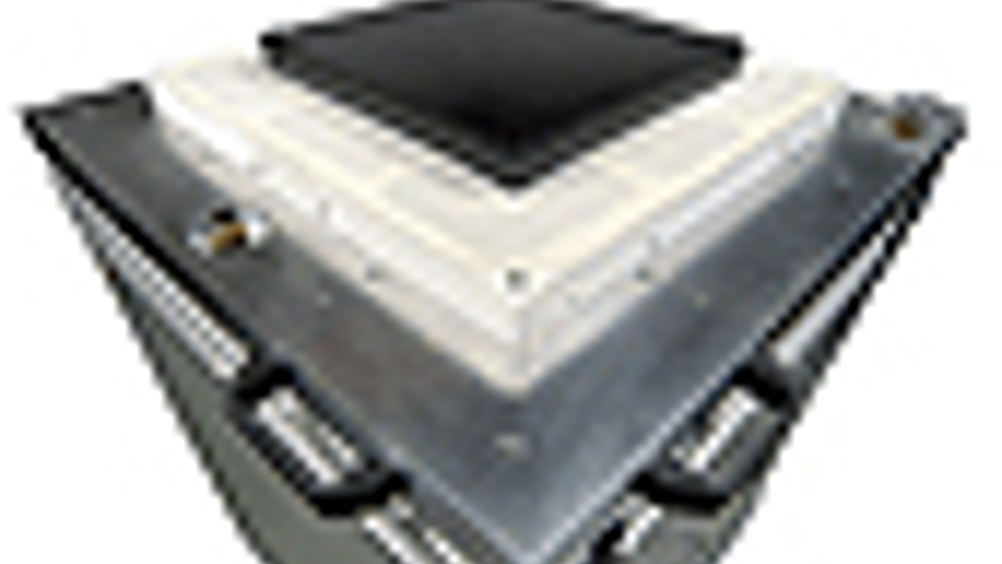Floating free
With magnets in the platform and coils in the stationary bed, Philips’ Planar Maglev allows precise control even in isolated clean rooms, reports Siobhan Wagner.

The sensitive operations involved in laser machining, semiconductor fabrication or food production could soon be made simpler, thanks to a planar magnetic levitation table developed by
.
The system — called Planar Maglev —is expected to be capable of achieving nanometer precision in ultra-high vacuum and ultra-low contamination applications. This is due to the compact and flexible nature of the technology, which supports moving masses with no bulky cables, cooling hoses or external interfaces.
The free-floating platform is able to swivel from left to right and tilt side to side and up and down, giving it six degrees of freedom. The system's motions are controlled by Lorentz force actuators, which take the form of embedded magnets on the platform and coils mounted on the stationary bed. This differs from conventional planar motors where actuator coils (along with the cables carrying their power supply) are mounted on the floating platform itself, which restricts the movement of a plate to the lengths of the cables.
Register now to continue reading
Thanks for visiting The Engineer. You’ve now reached your monthly limit of news stories. Register for free to unlock unlimited access to all of our news coverage, as well as premium content including opinion, in-depth features and special reports.
Benefits of registering
-
In-depth insights and coverage of key emerging trends
-
Unrestricted access to special reports throughout the year
-
Daily technology news delivered straight to your inbox










Water Sector Talent Exodus Could Cripple The Sector
Maybe if things are essential for the running of a country and we want to pay a fair price we should be running these utilities on a not for profit...